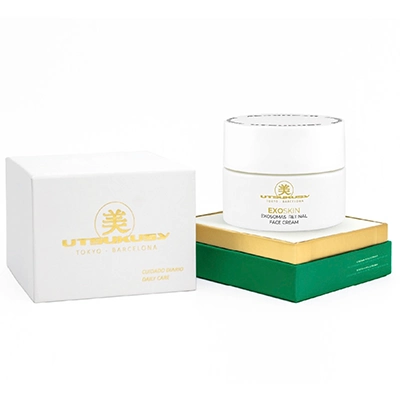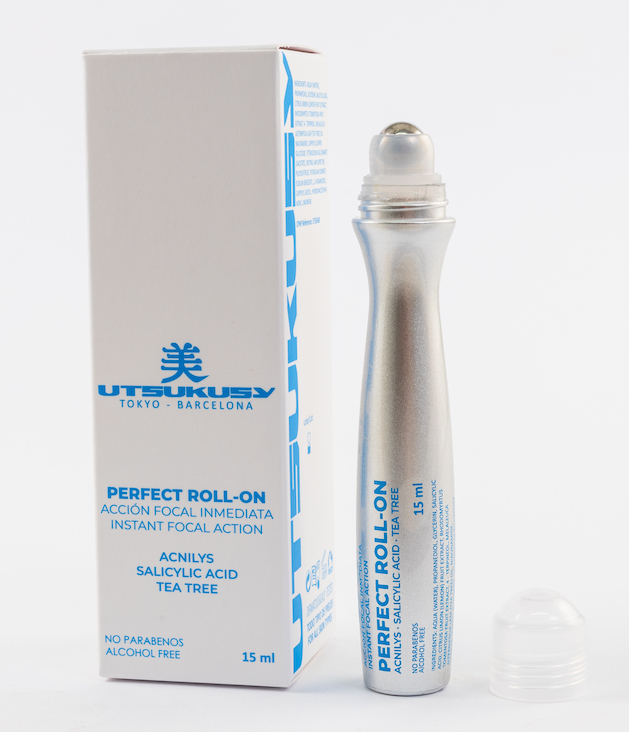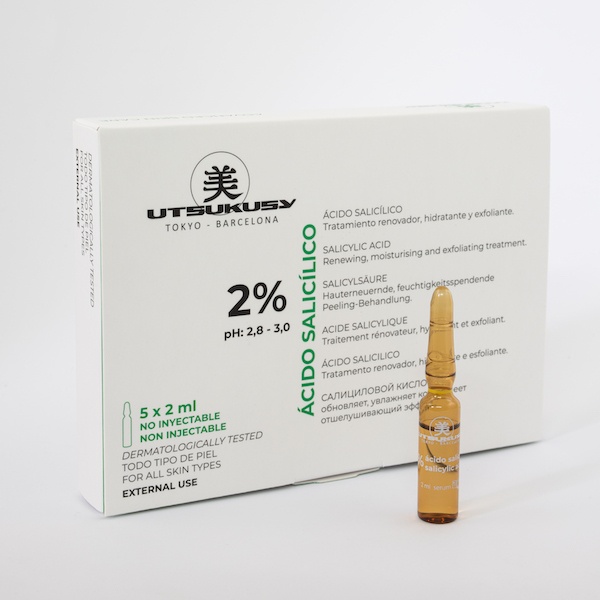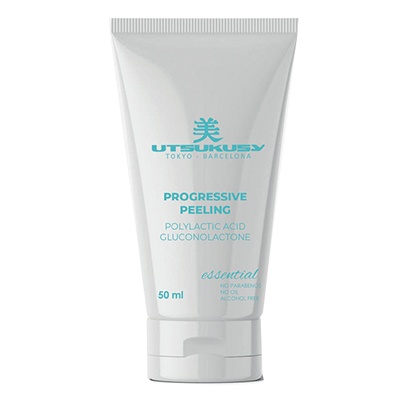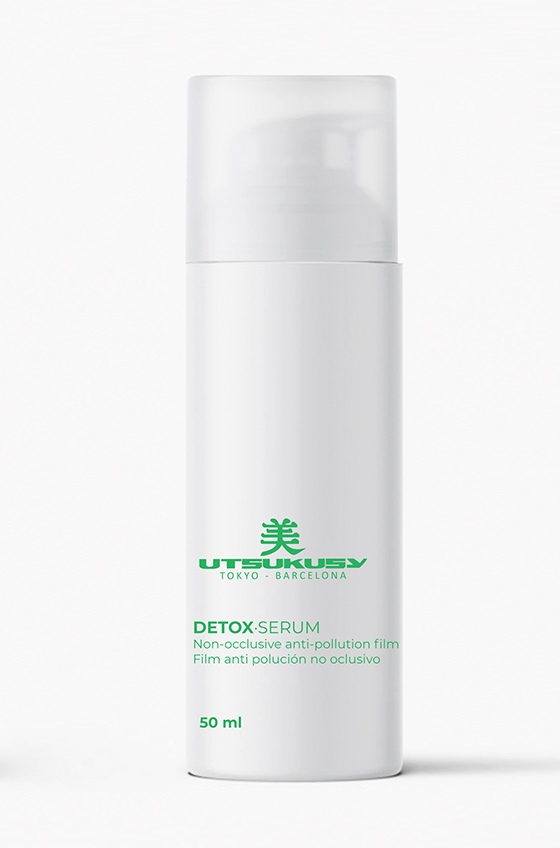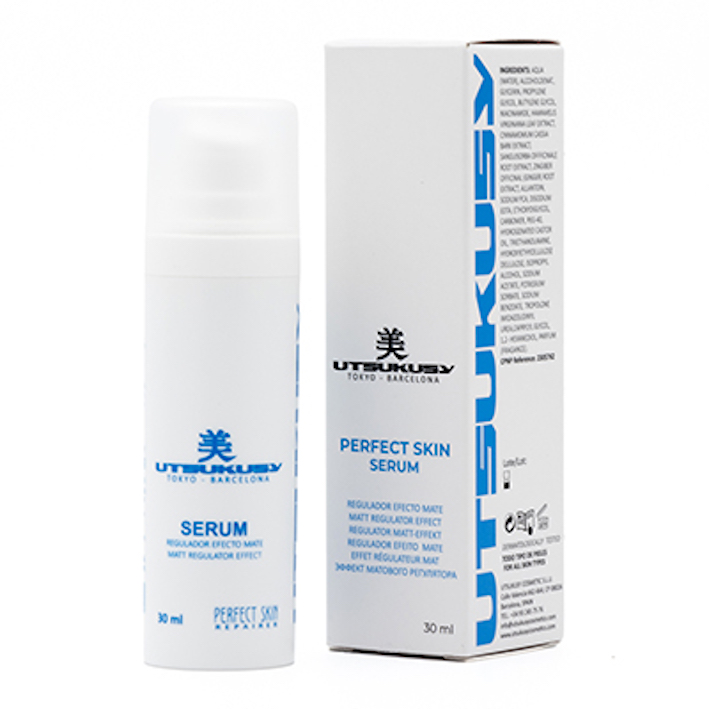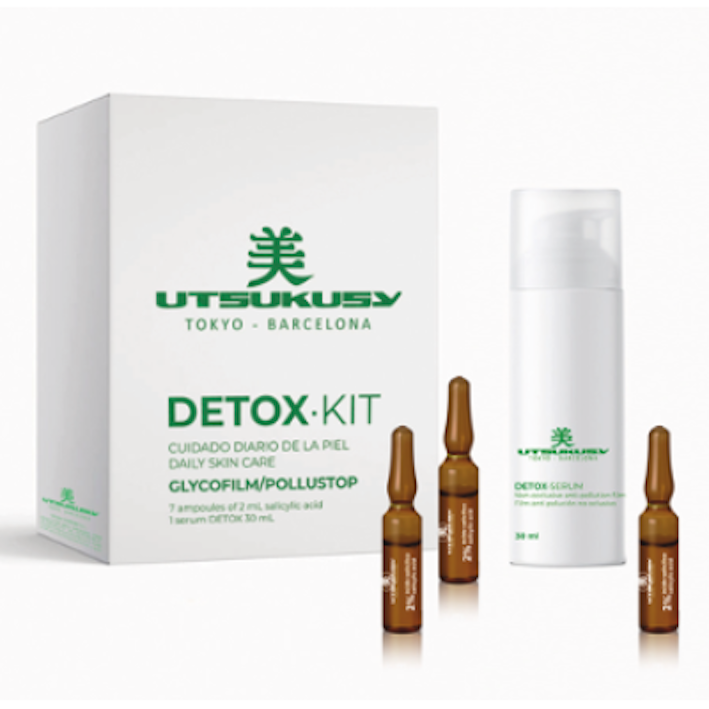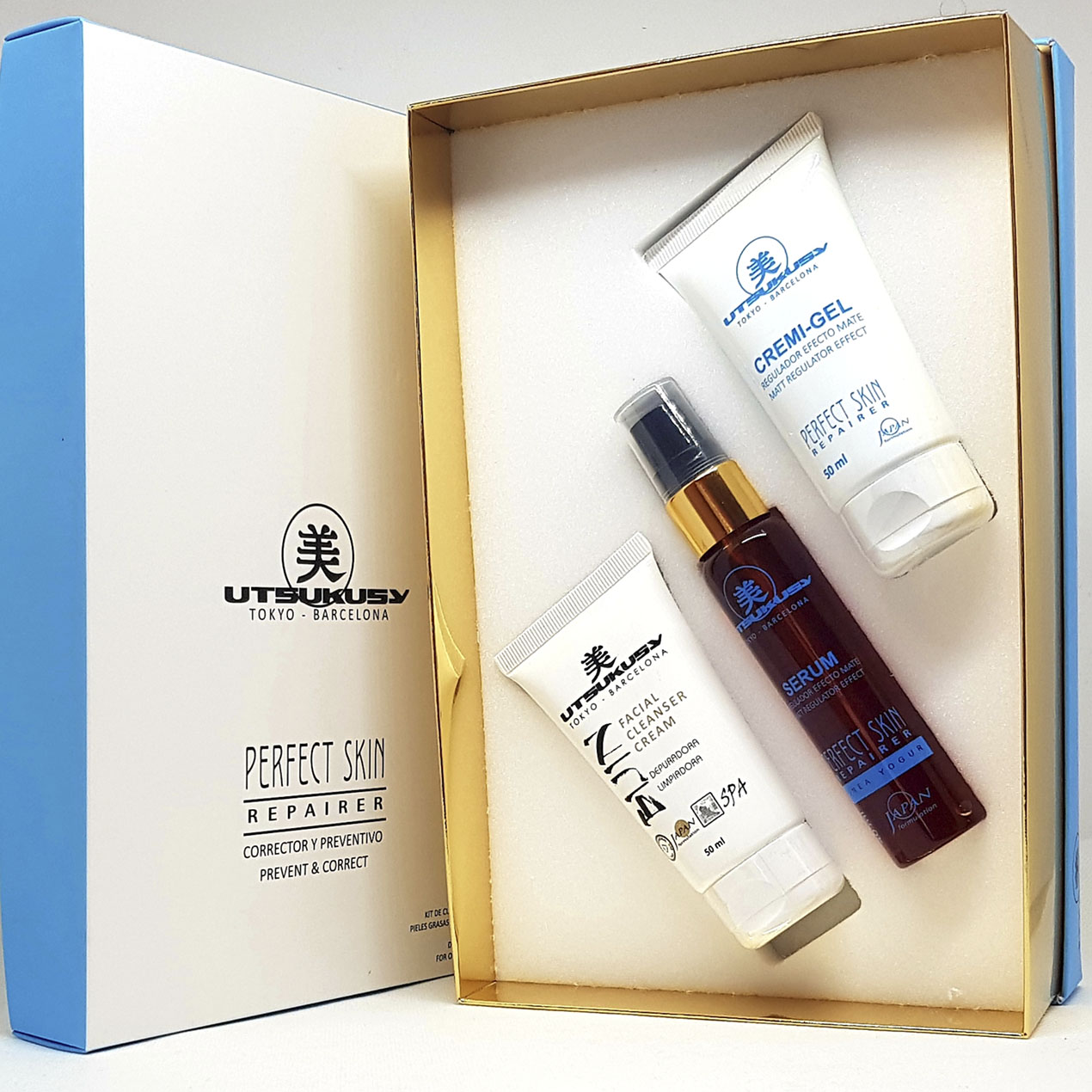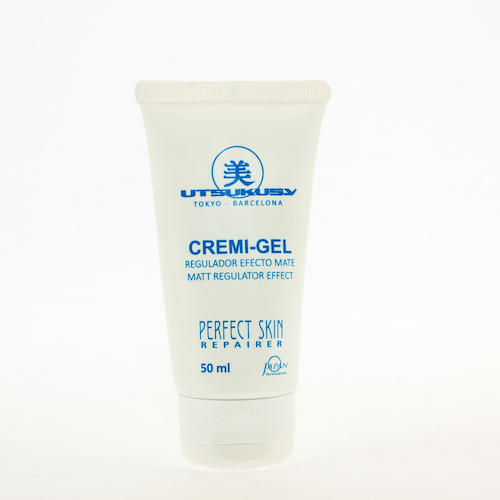Large pores
Content: 50 ml (€199.80* / 100 ml)
Content: 15 Milliliter (€2,326.67* / 1000 Milliliter)
Content: 50 ml (€103.80* / 100 ml)
Content: 50 Milliliter (€159.80* / 100 Milliliter)
Content: 30 Milliliter (€199.67* / 100 Milliliter)
Content: 8 Stück (€11.24* / 1 Stück)
Content: 50 Milliliter (€99.80* / 100 Milliliter)
What are large pores and what causes them?
Large pores are wide openings in the skin that can appear particularly on the nose, forehead and cheeks. They are a cosmetic concern for many people as they make the appearance of the skin look uneven and coarse. To understand how large pores develop, we need to take a closer look at the structure of the skin.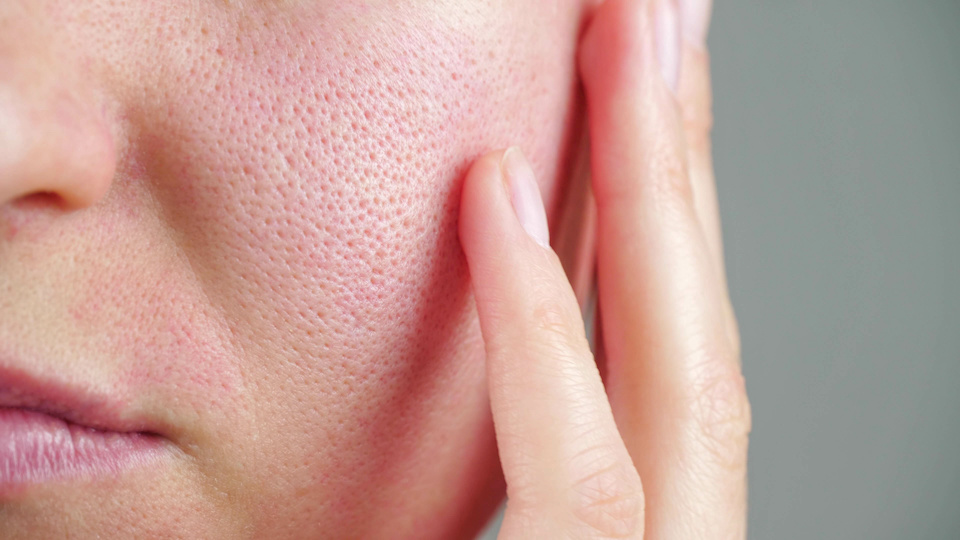
The skin is made up of tiny hair follicles, sebaceous glands and sweat glands. The pores are the openings of these follicles that release sebum and sweat to the surface of the skin. Normally, the pores are small and barely visible. However, they can appear larger in some people due to various causes.
1. genetic predisposition
The size of pores can be genetically determined. If your parents or relatives have large pores, you are more likely to have them too.
2. hormones
Hormonal changes can have an influence on the size of pores. During puberty, the sebaceous glands produce more sebum, which can lead to enlarged pores. Hormonal fluctuations during the menstrual cycle can also contribute to this.
3. excess sebum
Excess sebum production can clog pores and make them appear larger. This often happens in people with oily skin. The excess sebum mixes with dead skin cells and forms a blockage in the pores, causing them to enlarge.
4. sun damage
Excessive sun exposure can reduce the elasticity of the skin and impair collagen production. This can cause pores to lose elasticity and appear larger.
5. ageing
As we age, the skin loses elasticity and firmness, which can cause pores to appear larger. This is due to the natural breakdown of collagen and the reduction in skin firmness.
6. clogging of the pores
Clogged pores can increase the appearance of large pores. Caused by dead skin cells, sebum, dirt and make-up residue, these blockages cause pores to expand and appear more open.
7. inflammation
Inflammation such as acne can irritate the surrounding skin and enlarge the pores. The inflamed areas of the skin may be swollen, making the pores more visible.
It is important to note that large pores are not a serious medical threat, but are usually only a cosmetic concern. Nevertheless, they can affect self-confidence and create a desire for treatments or measures to improve the appearance of the skin.
By understanding the causes of large pores, we can target treatment and prevention. In the following sections, we will explore different treatment options and effective ingredients that can help minimise the appearance of large pores and promote healthy skin.
Why is proper skincare important?
Proper skincare is crucial to improving the appearance of large pores and maintaining healthy skin. A regular and proper skincare routine can help remove excess sebum, dirt, dead skin cells and impurities that can clog pores and contribute to their enlargement. Here are some reasons why a proper skincare regime is important:
1. removing excess sebum
Oily skin often produces more sebum than needed. If this excess sebum is not thoroughly removed, it can clog pores and cause them to enlarge. Thorough cleansing helps to remove excess sebum and keep pores clear.
2. removal of dead skin cells
The skin is constantly renewing itself, bringing dead skin cells to the surface. If these dead cells are not removed, they can mix with sebum and clog pores. Regular exfoliation or exfoliation can gently remove dead skin cells, improving the appearance of pores.
3. prevention of impurities
Our skin is exposed to various environmental pollutants on a daily basis, such as dirt, dust, pollutants and make-up residues. If these impurities are not removed, they can clog pores and cause inflammation. Thorough cleansing helps to remove impurities and keep the pores clean.
4. regulating the pH of the skin
A balanced pH level is important for the health of the skin. Overly acidic or alkaline skin can lead to irritation, inflammation and imbalances. Proper skin care helps to maintain or restore the skin's natural pH, which contributes to a healthy skin barrier and normal sebum production.
5. hydration of the skin
Adequate moisturisation is essential to keep the skin supple, elastic and hydrated. Well-hydrated skin is less likely to produce excess sebum and clog pores. Using moisturising products such as creams, serums or face masks will hydrate the skin and improve the appearance of pores.
6. protection of the skin barrier
The skin barrier protects against external influences and prevents the penetration of harmful substances and allergens. An intact and healthy skin barrier is important to protect the pores and prevent inflammation.
Proper skin care with products that support the skin barrier, such as moisturising ingredients and antioxidants, can help protect pores and promote skin health.
It is important to note that a proper skincare regime is not only aimed at treating large pores, but also contributes to the overall health and beauty of the skin. By regularly following an appropriate skincare routine, you can improve the appearance of your pores, refine skin texture and achieve a radiant, healthy complexion.
Effective treatment options for large pores
There are several treatment options that can help improve the appearance of large pores and refine skin texture. Here are some effective options:
1. large pores: cleansing and caring for the skin
Thoroughly cleansing the skin is the first step in treating large pores. Use a gentle cleanser that is specifically suited to your skin type. Cleanse the skin in the morning and evening to remove excess sebum, dead skin cells and impurities. Follow with a moisturising cream or lotion to hydrate the skin.
2. toner
Using a toning product can help shrink pores and tighten the skin. Make sure to choose a toner without alcohol as this can dry out the skin. A toning product with ingredients such as witch hazel or salicylic acid can help reduce excess sebum and tighten pores.
3. exfoliation
Regular exfoliation (see also www.fruchtsäure-peeling.de) with mild, non-abrasive products can remove dead skin cells and improve the appearance of pores. There are different types of exfoliators, such as chemical exfoliators or enzymatic exfoliators, which can help to clear pores and smooth skin texture. Be careful not to exfoliate too frequently as this can irritate the skin. Consult a dermatologist to find the right exfoliator for your skin needs.
4. face masks
Certain face masks can help to cleanse and refine pores. Masks with clay, such as bentonite or kaolin, can absorb excess sebum and clear pores. Fruit acid masks containing AHA (alpha hydroxy acid) or BHA (beta hydroxy acid) can remove dead skin cells and refine pores. Apply the face mask according to the instructions and rinse thoroughly for optimal results.
5. microdermabrasion
Microdermabrasion is a cosmetic procedure in which fine radiation from crystals or diamonds is delivered to the skin to remove dead skin cells. This process stimulates the production of new skin cells and can help to improve the appearance of the skin. Microdermabrasion can help to minimise the appearance of pores and make the skin appear smoother. However, it is important that this treatment is carried out by a professional.
6. laser treatments
Laser treatments can be effective in treating large pores. Laser beams can stimulate collagen production and improve skin texture. However, these treatments can be expensive and require multiple sessions. It is advisable to see an experienced dermatologist to discuss the best option for your individual needs.
7. microneedling
Microneedling (see also https://microneedling.tips/microneedling-grosse-poren) is a treatment method in which tiny needles are inserted into the skin to create tiny lesions. This stimulates the natural regeneration of the skin and promotes the production of collagen and elastin. Microneedling can help to shrink pores and improve skin texture. However, it is important to have this treatment performed by a qualified professional.
It should be noted that the results of these treatments can vary from individual to individual and it is important to have realistic expectations. It is recommended to consult a dermatologist before starting any treatment to determine the best course of action based on your skin type and needs.
Effective ingredients in cosmetic products for large pores
When choosing cosmetic products to treat large pores, it's important to look for certain ingredients that have been shown to be particularly effective. Here are some of the most effective ingredients that can be found in cosmetic products for large pores:
1. salicylic acid
Salicylic acid is a beta hydroxy acid (BHA) known for its exfoliating properties. It can penetrate deep into the pores to remove excess sebum and dead skin cells that can clog and enlarge pores. Salicylic acid also helps control blemishes and reduces inflammation. It can be found in cleansing products, toners, scrubs and as active ingredient ampoules.
2. retinol
Retinol, a form of vitamin A, is an effective ingredient for treating large pores. It works by promoting cell renewal and stimulating collagen production. This improves skin texture and minimises the appearance of pores. Retinol can be found in serums, creams and treatments, and it's important to introduce it gradually into your skincare routine to avoid potential skin irritation. If you are concerned about retinol, products containing bakuchiol such as the Bakuchiol active ingredient ampoules or the Baku serum from Utsukusy Cosmetics can also be used.
3. niacinamide
Niacinamide, also known as vitamin B3, is a versatile ingredient with a number of benefits for the skin. It can regulate sebum production, refine pores and improve skin texture. Niacinamide also has anti-inflammatory properties and can help reduce redness and blemishes. It can be found in serums, creams and face masks.
4. alpha hydroxy acids (AHAs)
Alpha hydroxy acids such as glycolic acid and lactic acid are known for their exfoliating properties. They can remove dead skin cells, clear pores and improve skin texture. AHAs can also slow down collagen breakdown and increase skin hydration. They can be found in scrubs, serums and face masks.
5. tea tree oil
Tea tree oil is a natural antiseptic with anti-inflammatory and antimicrobial properties. It can help control excess sebum, reduce inflammation and clear pores. However, tea tree oil should be used in diluted form as it can cause skin irritation in some people. It can be found in cleansing products.
6. green tea extract
Green tea extract is rich in antioxidants that can counteract premature skin ageing. It also has anti-inflammatory properties and can help shrink pores. Green tea extract can be found in serums, creams and face masks.
7. zinc
Zinc is a mineral that plays an important role in regulating sebum production. By controlling the flow of sebum, zinc can help to clear pores and restore skin balance. Zinc is found in creams, serums and sunscreens.
It is important to note that the effectiveness of these ingredients can vary from person to person. It is advisable to choose products that contain an appropriate concentration of the ingredients and come from trusted manufacturers. It may also be helpful to consult a dermatologist to determine the best ingredients for your specific needs and ensure that they are well tolerated by your skin type.
Frequently asked questions about large pores and their answers
What are the most common causes of large pores?
Large pores can be caused by various factors. The most common causes include genetic predisposition, excessive sebum production, skin ageing, sun damage, clogged pores due to dead skin cells and sebum, and skin inflammation. A combination of these factors can lead to enlarged and visible pores.
Can I shrink my pores permanently?
It is important to understand that pores are natural openings in the skin and therefore cannot be permanently closed or minimised. However, there are several steps you can take to improve the appearance of your pores and make them appear less visible. A good skincare routine, regular cleansing, exfoliation and the use of products with the effective ingredients mentioned above can help minimise the appearance of large pores.
Can sunlight affect the appearance of large pores?
Yes, overexposure to sunlight can increase the appearance of large pores. UV rays can affect the skin's elasticity and lead to a deterioration in skin texture, which can cause pores to appear larger. It is important to always use an appropriate sunscreen to protect the skin from the sun's harmful rays and minimise the appearance of pores.
Should I squeeze my pores to minimise them?
No, squeezing pores is not a recommended method to minimise the appearance of pores. Squeezing can lead to injury, inflammation and infection, which can worsen the appearance of the skin. It is better to focus on good cleansing, regular exfoliation and the use of appropriate products to treat large pores.
Can diet and lifestyle affect the appearance of my pores?
Yes, a balanced diet and a healthy lifestyle can have a positive effect on the appearance of the skin and pores. A diet rich in antioxidants, vitamins and minerals can help promote skin health. It is also important to drink enough water to keep the skin hydrated. Smoking, excessive alcohol consumption and an unhealthy lifestyle, on the other hand, can negatively affect the appearance of the skin and lead to a deterioration of the pores.
Can regular face masks improve the appearance of my pores?
Yes, regular face masks can help improve the appearance of large pores. Certain masks, such as clay masks with clay or fruit acid masks, can remove excess sebum, exfoliate dead skin cells and clear pores. However, it is important to apply the masks according to the instructions and not to use them too frequently to avoid skin irritation.
Is microneedling an effective treatment for large pores?
Yes, microneedling can be an effective treatment option for large pores. By stimulating skin regeneration and promoting collagen production, microneedling can help shrink pores and improve skin texture. However, it is important to have this treatment performed by a qualified professional to ensure optimal results and a safe procedure.
Conclusion: Understand, target and visibly refine large pores
For many people, large pores are a cosmetic problem that make the skin look uneven. Large pores are particularly common on the forehead, nose and cheeks and are often perceived as annoying. These are natural skin openings that can appear enlarged due to various factors such as genetic predisposition, increased sebum production, hormonal changes or the natural ageing process.
To refine large pores, a consistent skin care regime is essential. Thorough cleansing removes excess sebum, dirt and dead skin cells that can clog and enlarge pores. Products with ingredients such as salicylic acid, retinol or niacinamide have proven to visibly minimiselarge pores and improve skin texture. Gentle peelings and toners also help to smooth the skin and keep the pores clear.
Professional treatments such as microneedling, microdermabrasion or laser therapy can also significantly improve the appearance of large pores. They stimulate collagen production and support skin regeneration. Daily UV protection is also important, as sun damage canweaken the connective tissue and further emphasiselarge pores.
Although large pores do not disappear completely, their appearance can be significantly minimised with the right combination of care, treatment and lifestyle. If you regularly attend to your skin's needs, you can refine its appearance in the long term and minimise the appearance of large pores. Patience and consistency are key - because beautiful, even skin is the result of long-term care and attention.
If you have any further questions or concerns, please do not hesitate to contact us. Good luck with the treatment of your large pores!

